| Aballe, L. - Abellan, G. - Alonso-Mori, R. - Balcomb, B.H. - Biscari, C. - Blanco, G. - Botton, G. - Calisto, B. - Fernandez-Pacheco, A. - Garcia Michel, E. - Garcia-Gutierrez, M. C. - Gawelda, W. - Juanhuix, J. - Llebaria, A. - Maia, F. - Marini, C. - Marti-Gastaldo, C. - Martin, J. M. - Mascaraque, A. - Masquelier, C. - Matilla, O. - Pach, E. - Perez, L. - Rubio, J. - Soler-Lopez, M. - Urbina, A. - Valvidares, M. | |
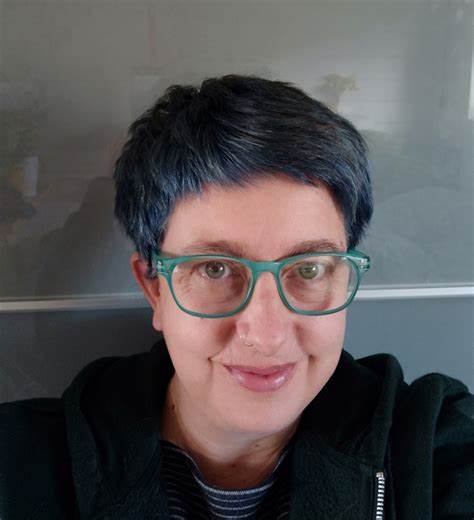 | Aballe, LuciaHead of the Interdisciplinary and Multi-Modal Section, ALBA Synchrotron (Barcelona, Spain)Lucia Aballe joined ALBA in 2006 after a PhD at the Fritz Haber Institute of the Max Planck Society in Berlin (Germany) and four years as a postdoctoral fellow at the Elettra Synchrotron in Trieste (Italy). She was responsible for the CIRCE beamline for photoemission spectroscopy and microscopy from its design until 2020 when she joined the MISTRAL beamline for transmission x-ray microscopy and tomography. Her own research is centered around the electronic and magnetic structure of surfaces, thin films and nanostructures and their tuning by parameters such as size, composition, or strain. Since 2023 she manages the new Interdisciplinary and Multimodal Section of the Experiments Division as well as the InCAEM project (In Situ Correlative Facility for Advanced Energy Materials). This section is in charge of developing tools and methods to be put at the service of the scientific community, such as multi-modal experiments combining x-ray techniques, electron and scanning probe microscopies, and advanced data analysis.
|
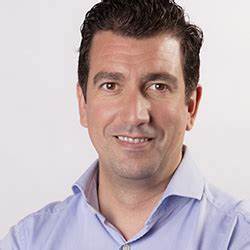 | Abellan, GonzaloInstitute of Molecular Science (ICMol) and University of Valencia (Paterna, Spain)Gonzalo Abellán obtained his PhD in Nanoscience and Nano- technology in 2014 at the University of Valencia (UV). Afterwards, he gained a self-driven Marie Curie Fellowship and joined Prof. Andreas Hirsch’s group at the Friedrich-Alexander-Universitaät, Erlangen-Nürnberg. In 2018 he returned to Spain as Excellence Distinguished Researcher getting a GenT-CIDEGENT contract (Generalitat Valenciana), the Ramón y Cajal fellowship, the ERC Starting Grant, or the ERC Proof of Concept Grant, among others. Gonzalo Abellán’s main research activities have been focused on three lines: 2D-pnictogens (group of P, As, Sb and Bi), layered hydroxides, and carbon nanoforms and related hybrid materials, with special emphasis on energy applications. Indeed, he is the coordinator of a €3 million European RIA project, PI of a national TED project and an ERC PoC focused on green hydrogen production. He leads the 2D-Chem research group (www.icmol.es/2dchem) at the Institute of Molecular Science (ICMol, UV) and is co-founder and CTO of the spin-off Matteco (www.matteco.com).
|
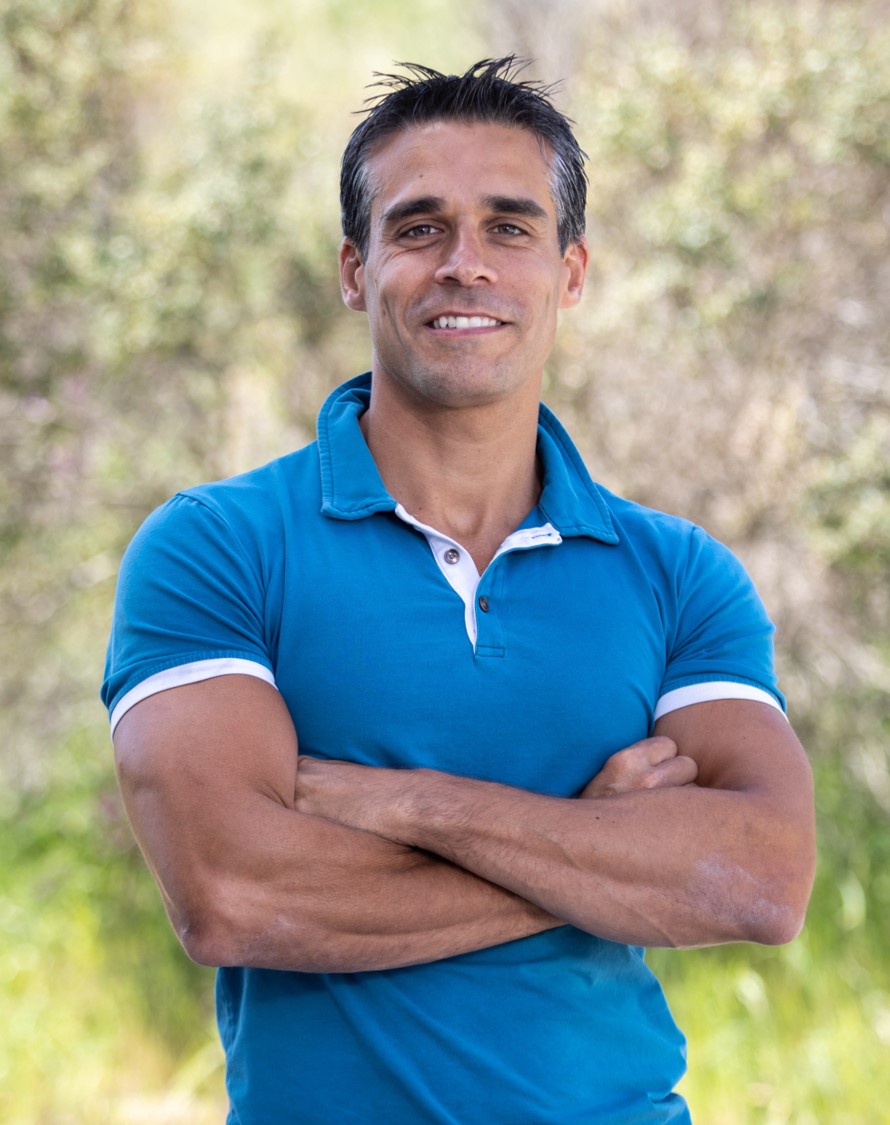 | Alonso-Mori, R. Lead Scientist and Group Lead of the Biochemistry and Condensed Phase Chemistry Group within the Chemical Sciences Department at LCLS )SLAC National Accelerator Laboratory)Roberto Alonso-Mori joined SLAC in 2009 after obtaining a MSc degree in Physics by the University of Grenoble (France) and a PhD in Earth Science from the University of Camerino (Italy), both through research performed at the ESRF (European Synchrotron Radiation Facility). His SLAC career started as a Research Associate working at both SSRL and LCLS light sources until obtaining his current role as a Lead Scientist and Group Lead. His group is responsible for experiments on ultrafast photochemical dynamics in condensed phase performed at multiple LCLS instruments. The group's mission is to perform research and support and ensure the success of such experiments at LCLS by operating, maintaining and upgrading its instrumentation. This also involves supporting forefront experiments in ultrafast X-ray science using LCLS.
|
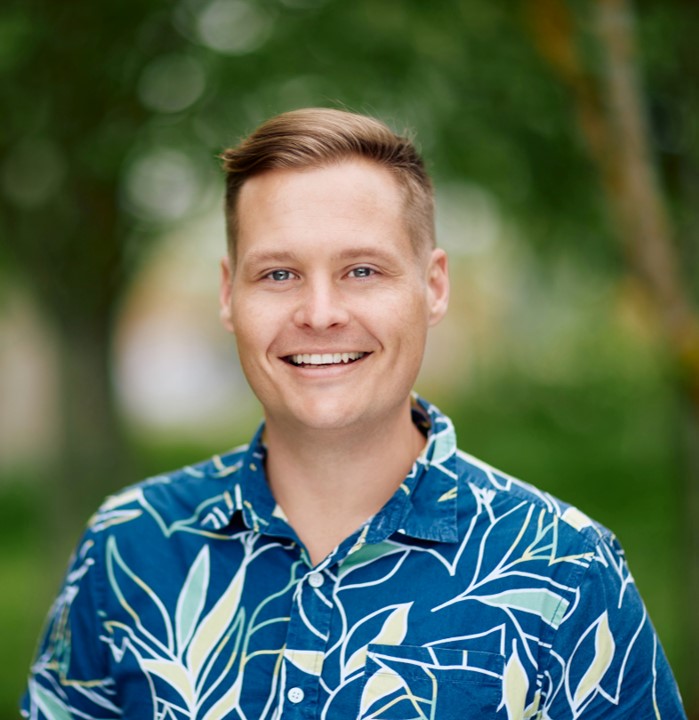 | Balcomb, B. H. Beamline Scientist at XChem, Diamond Light Source (Oxfordshire, UK)Blake is a beamline scientist responsible for facilitating the XChem academic user program including in-house research and partnerships such as EUbOpen and iNEXT-Discovery. Prior to becoming beamline scientist, Blake first joined the XChem team as a PDRA working on the NIH funded AI-driven Structure-enabled Antiviral Platform (ASAP) AViDD Centre as well as a member of the COVID Moonshot Consortium. Blake completed his PhD and Postdoctoral studies in Biochemistry at Stellenbosch University (RSA). Blake has received a number of funding awards towards his studies and research projects namely; Fulbright, The Global Challenges Research Fund-START Grant and the Grand Challenges Africa Grant. Blake has interests in science education, enzymology, drug discovery, structural biology and biophysics.
|
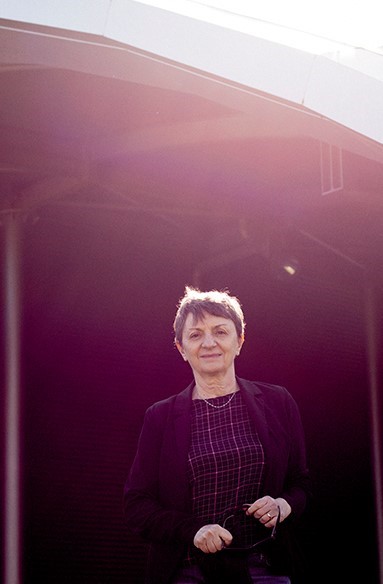 | Biscari, CaterinaDirector of the ALBA Synchrotron (Barcelona, Spain)Since 2012 Director of ALBA Synchrotron, the Spanish national light source, has managed its development as a large multidisciplinary research facility with international projection, and is now planning the upgrade to 4th generation light source. Experimental physicist, expert of particle accelerators, worked in the past at CERN and at LNF-INFN. Member of several international advisory committees and boards, including CERN Scientific Policy Committee. Member of the LEAPS General Assembly. |
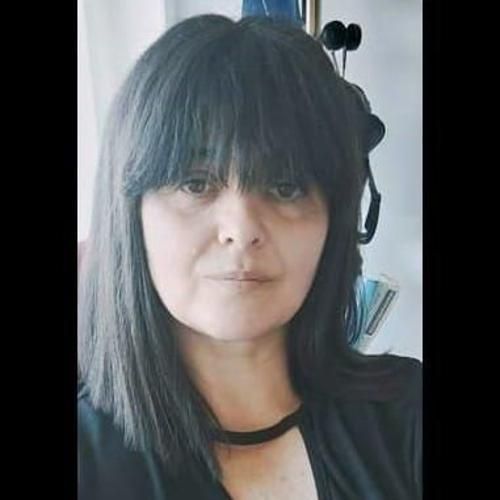 | Blanco, GinesaGrupo de Quimica de Solidos y Catalisis, Departamento de los Materiales e Inginieria Metalurgica y Quimica Inorganica, Facultad de Ciencias, Universidad de Cadiz (Cadiz, Spain)Ginesa Blanco Montilla is full professor of Inorganic Chemistry at the University of Cadiz (UCA). From 2019 to 2022, she served as the head of the Central Services for Scientific and Technological Research at UCA (SCICYT-UCA). With extensive experience in catalysis and catalyst characterization dating back to 1994, and in XPS since 1997, she has been leading the Photoelectron Spectroscopy facilities at UCA since 2007. Additionally, she has been the scientific head of the XPS division at SCICYT-UCA since its establishment in 2016. She has overseen several key scientific infrastructure projects aimed at enhancing the XPS division, including the acquisition of a Gas Cluster Ion Source for organic and inorganic sputter depth profiling, and the installation of the first up to this moment “versatile and fully automated XPS spectrophotometer for surface analysis under environmental in-situ/operando conditions,” the EnviroESCA from Specs, the first of its kind to be installed in Spain.
|
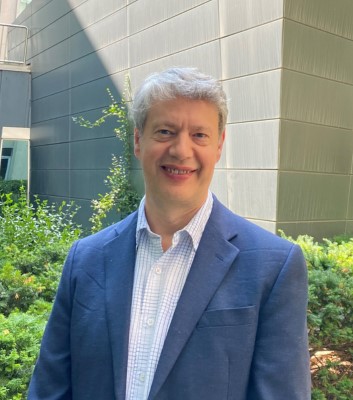 | Botton, GianluigiCEO of Diamond Light Source (Harwell, UK)Professor Botton is a renowned expert in microscopy and spectroscopy with an impressive track record in research and funding. His work has been cited more than 34,000 times. Over the course of his highly successful career, Gianluigi has been awarded the Microbeam Analysis Society’s Presidential Award (2020) and the Metal Physics Award of the Canadian Materials Science Conference (2017); he is a Fellow of the Royal Society of Canada (2018) and Fellow of the Microscopy Society of America (2014). Prior to joining the Canadian Light Source, Gianluigi established the Canadian Centre for Electron Microscopy (CCEM), a national facility for ultrahigh resolution microscopy as the Scientific Director from the start of operations in 2008 until 2019.
|
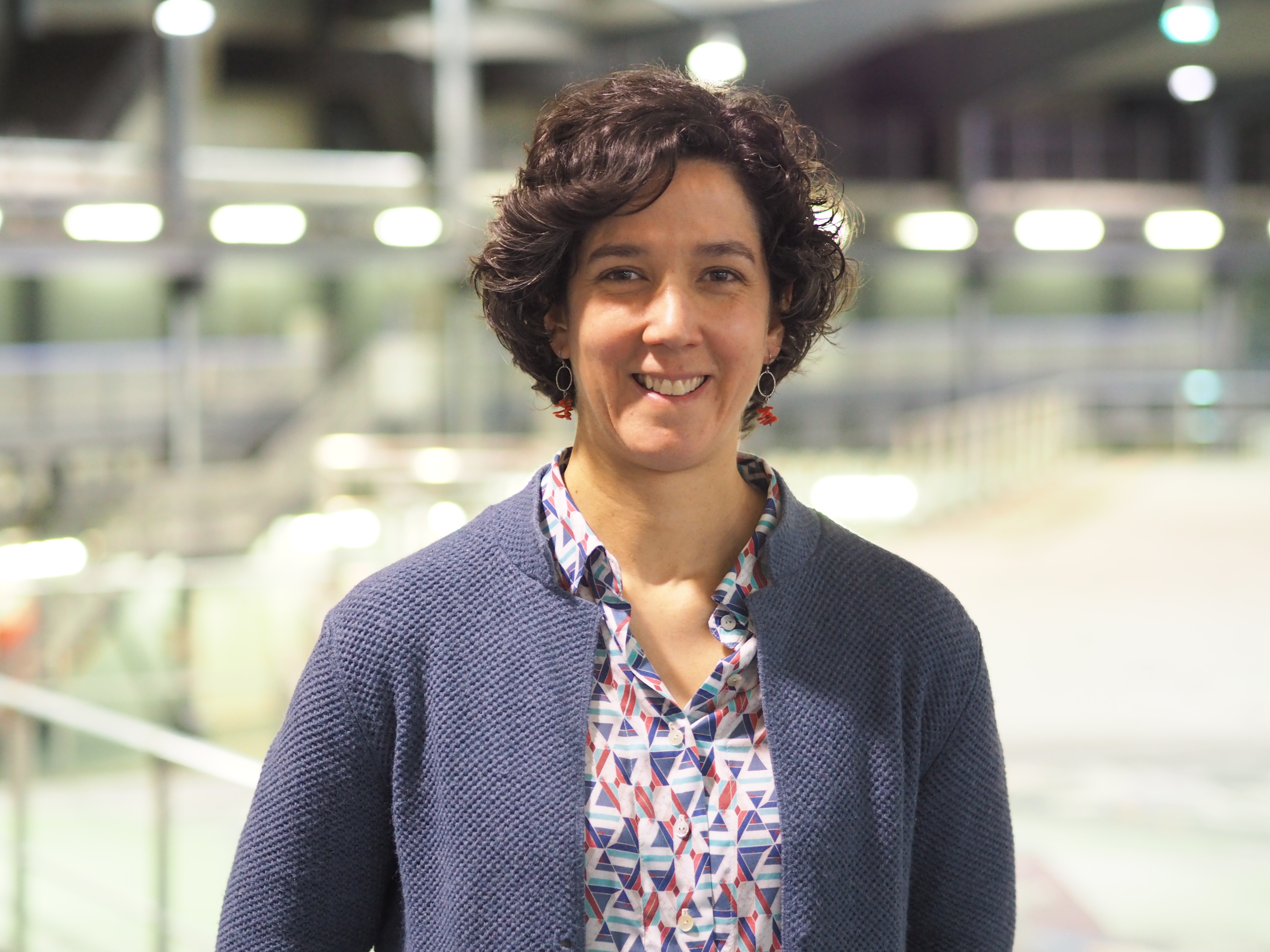 | Calisto, BarbaraIndustrial and International Relationships Officer at the ALBA SynchrotronBárbara Calisto, obtained her Ph.D. degree from the Autonomous University of Barcelona (Spain), and then joined the Structural Biology group of the European Synchrotron Radiation Facility (Grenoble, France) as post-doctoral fellow. She has 10 years of experience working on large-scale Research Infrastructures (RIs), namely accelerator-based photon sources. Currently, she manages the access and provides full service to the ALBA Synchrotron Industrial users, and is part of the Coordination Board of the LEAPS consortium, the League of European Accelerator-based Photon Sources. |
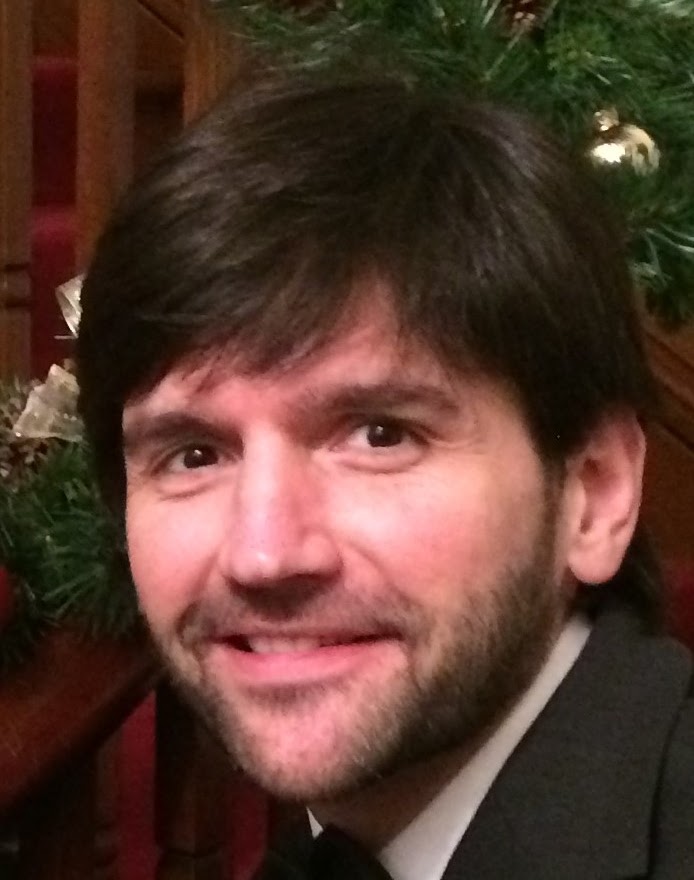 | Fernandez-Pacheco, Amalio Head of the Physics of 3D Nanomaterials Group, Institute of Applied Physics, TU Wien (Wien, Austria)Amalio Fernández-Pacheco is a Full Professor at TU Wien, Vienna University of Technology. Before this position, he held tenured positions at CSIC, the Spanish National Research Council, and the University Glasgow, Having spent a total of 12 years in UK universities (Imperial College, University of Cambridge, and University of Glasgow). He holds a PhD from the University of Zaragoza. His research is focused on the advanced investigation of three-dimensional magnetic nanostructures for applications in spintronics, combining advanced nanofabrication, thin film deposition, magneto-optical methods and magnetic X-ray techniques. Among his awards, he has been a Marie Curie Fellow, an EPSRC Early Career Fellow and a Winton Advanced Research Fellow. Since October 2021, he leads the ERC Consolidator project NANOMAG, dedicated to the advanced investigation of novel effects in three-dimensional magnetic nanostructures.
|
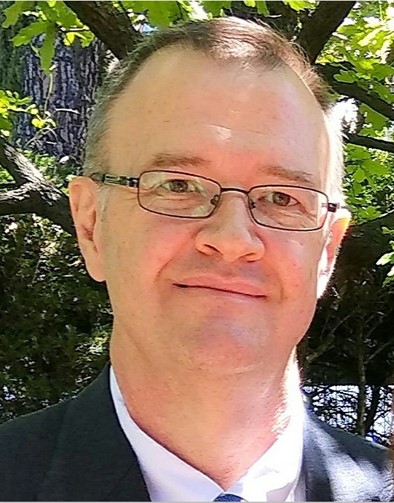 | Garcia Michel, EnriqueDepartamento de Fisica de la Materia Condensada and IFIMAC, UAM (Madrid, Spain)Enrique Garcia Michel has been a Professor at the Universidad Autónoma de Madrid since 1997, where he leads a research group in the areas of Surface and Interface Science and applications of synchrotron radiation to condensed matter, in particular electron spectroscopies (ARPES). He has worked at DESY (Germany), Fritz Haber Institut (Germany), CEA Saclay (France) and Lawrence Berkeley Lab (USA) and has developed a wide activity in different synchrotron radiation laboratories (SLS, Soleil, ESRF, Elettra, MaxLab). He has been the promoter of two beamline proposals at the Spanish synchrotron ALBA, and since 2018 he is the chairman of the Elettra Proposal Review Panel. In recent years, he has been active in the investigation of the electronic properties of cathode materials for Li-ion batteries.
|
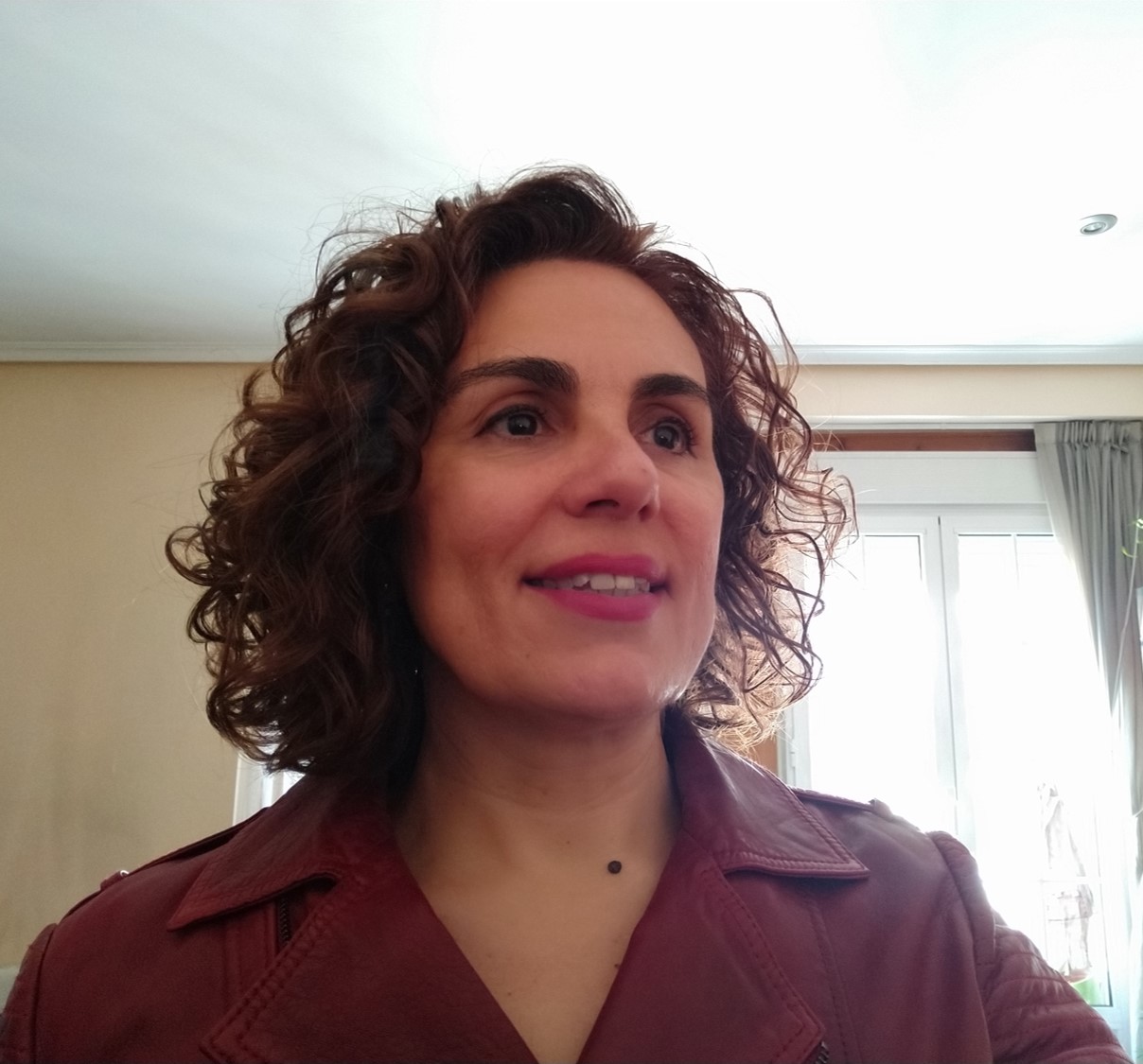 | Garcia-Gutierrez, Mari CruzInstituto de Estructura de la Materia, IEM-CSIC (Madrid, Spain)Mari Cruz García-Gutiérrez is Senior Scientist at the Institute of Structure of Matter at CSIC and head of the Macromolecular Physics Department. Her research focuses on understanding the physics involved in the key points of Soft Condensed Matter in order to control nanofabrication of soft materials and their applications in fields like flexible electronics, renewable energy and environment responsive nano-materials. She has extensive experience in the use of synchrotron techniques, since joining the Microfocus beamline at the European Synchrotron (ESRF) in 2001 as Marie Curie Fellow. She has been promoter of three beamline proposals at the Spanish synchrotron (ALBA). Regarding Committees and representations, she has been President of AUSE, scientific representative of the Spanish delegation in the ESRF Council and member of the Evaluation Commission "Applied Physics, Instrumentation Techniques" at ILL, among others.
|
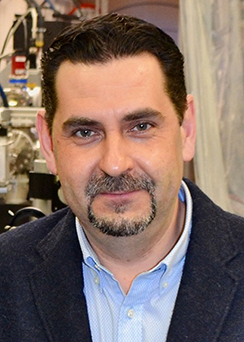 | Gawelda, WojciechIMDEA-Nanociencia, UAM (Madrid, Spain)Prof. Wojciech Gawelda’s research focuses on the applications of advanced ultrafast X-ray techniques, in combination with ultrafast optical spectroscopies, to study photoinduced structural dynamics in condensed-phase molecular systems, mainly solvated transition metal complexes. He has pioneered several important implementations of time-resolved X-ray methodologies at synchrotrons and X-ray free electron lasers worldwide. In the last 10 years, Wojciech Gawelda had been employed as a staff beamline scientist at the European XFEL facility in Schenefeld (Germany), where he had contributed to the design, construction, commissioning and the successful user operation of the FXE (Femtosecond X-ray Experiments) instrument. Currently he holds a double affiliation position at the Department of Chemistry at Autónoma University and IMDEA-Nanoscience in Madrid (Spain). |
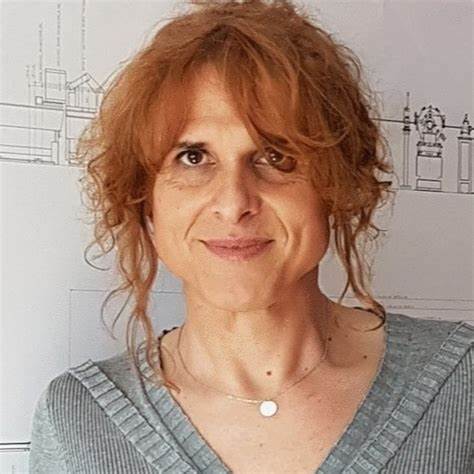 | Juanhuix, JudithHead of the Life Sciences Section, ALBA Synchrotron (Barcelona, Spain)to be completed |
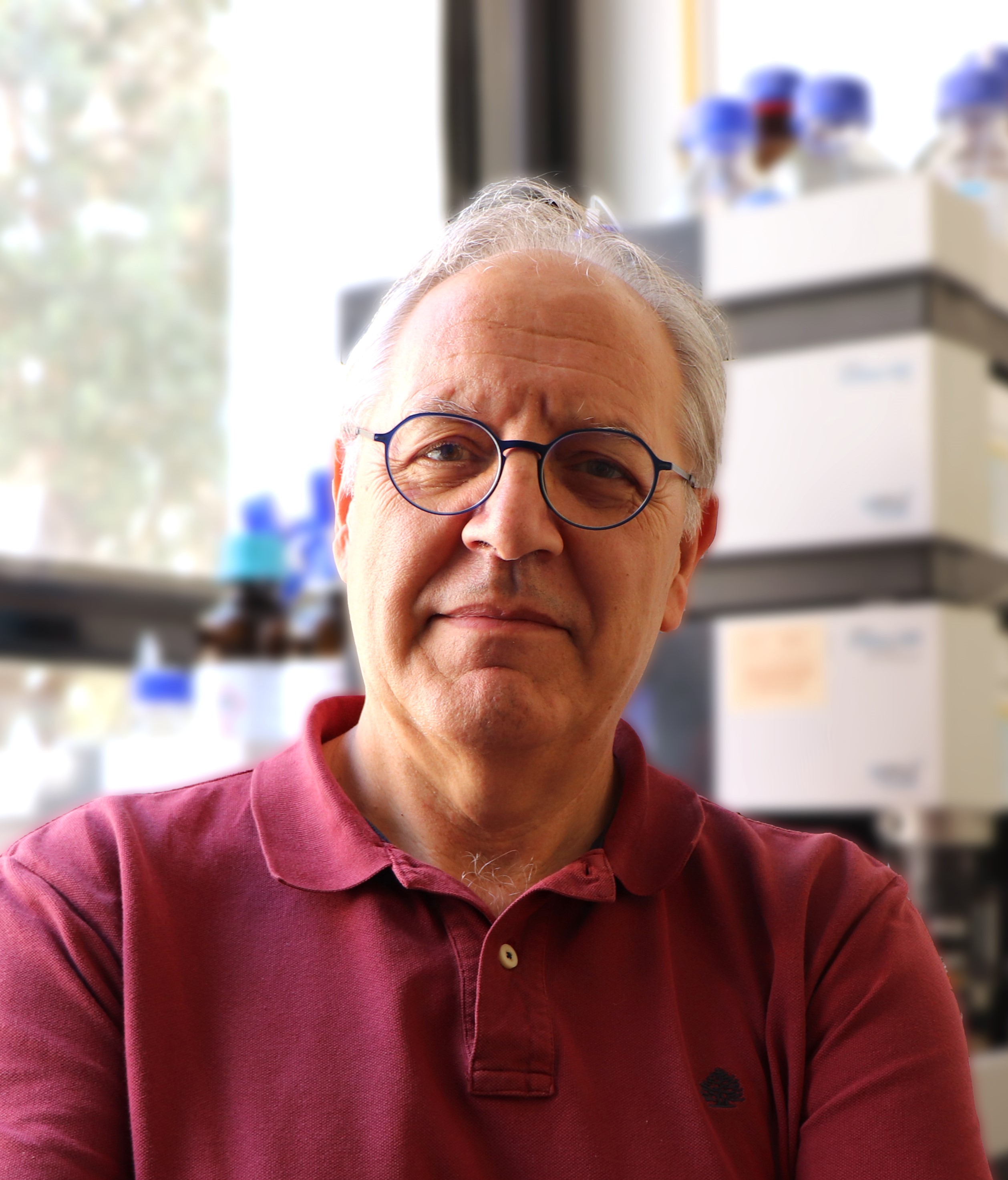 | Llebaria, AmadeuLaboratory of Medicinal Chemistry and Synthesis (MCS), Institute for Advanced Chemistry of Catalonia, IQAC-CSIC (Barcelona, Spain)
Amadeu Llebaria is research professor at IQAC-CSIC. He is a chemist working in design and synthesis of organic molecules, medicinal chemistry and chemical biology both in basic science and industrial applications for more than 30 years. He is now interested in the development of radically new approaches for drug therapeutics and building molecular probes to interrogate biology. Working in the borderline of chemistry, biology and biophysics, he is involved in chemical methods for endogenous protein labelling and the use of light for controlling the activity of proteins and receptors with light operated ligands.
|
 | Maia, FilipeUppsala University (Uppsala, Sweden)Filipe Maia is a professor of Molecular Biophysics at the Department of Cell and Molecular Biology at Uppsala University, Sweden. A native of Portugal, he graduated in biochemistry in 2004 from the University of Porto, and in 2010 completed his PhD in physics, specializing in molecular biophysics, at Uppsala University, Sweden. He then joined Lawrence Berkeley National Laboratory as a Petascale Postdoctoral Fellow where he founded the Coherent X-ray Imaging Database (https://cxidb.org). In 2012 he returned to Sweden to build his own group focusing on X-ray ultrafast single-particle diffraction imaging. He has been involved in coherent diffractive imaging experiments at XFELs since their beginning and is currently developing new instrumentation and software tools to explore the wonderfully complex world of biological structural dynamics at the nanoscale.
|
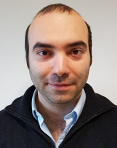 | Marini, CarloHead of the BL16-NOTOS beamline, ALBA Synchrotron (Barcelona, Spain)Carlo Marini studied at University of Roma “Sapienza” (Italy) where he defended the PhD in Physics in 2010. In the same year he joined the ESRF synchrotron of Grenoble (France) first as post-doc and then as junior scientist (2013) at the BM23 and ID24 beamlines. In February 2014 he joined ALBA synchrotron as second scientist at CLAESS beamline. Since 2023 he is beamline responsible of NOTOS, the beamline dedicated to quasi-simultaneous X ray absorption and X ray diffraction in operando conditions. His scientific activity has been initially focused on the characterization of 3d metal functional materials and then it opened to the study of catalysis and in particular bimetallic nanoparticles, with a special interest to the interplay between structural and electronic properties shown by these systems. During his research, he developed a multi techniques approach which includes X-ray absorption, X-ray emission, X-ray diffraction, Raman, Infrared, High Pressure and theoretical simulations.
|
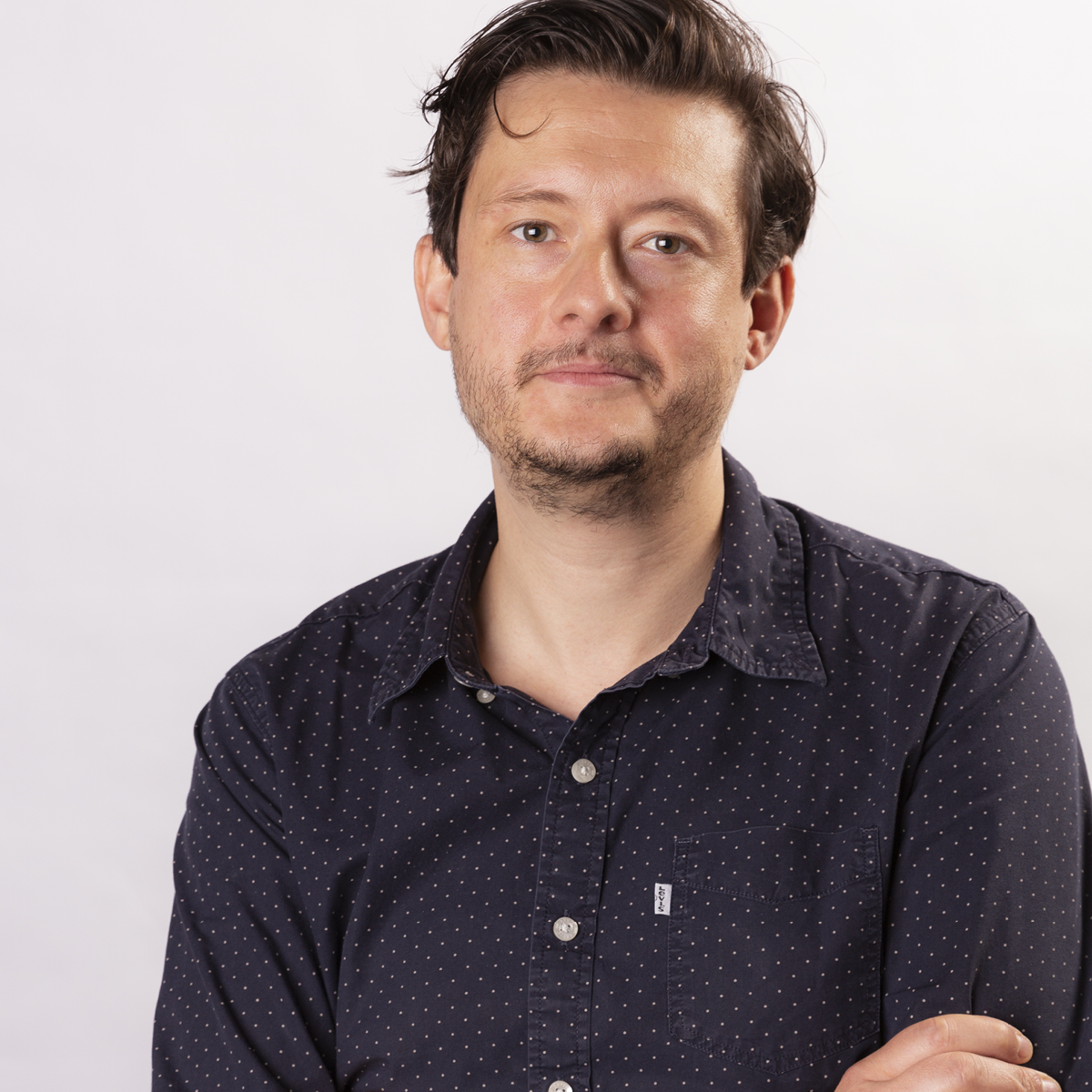 | Marti-Gastaldo, CarlosInstituto de Ciencia Molecular (ICMol), Universidad de Valencia (Valencia, Spain)Carlos Martí-Gastaldo began his independent career in 2013 in Liverpool, with the award of a Royal Society University Research Fellowship. In 2014, he returned to the ICMol with a Ramón y Cajal Fellowship to lead the design of highly stable MOFs. With the award of an ERC Starting Grant in 2016, he established his own research group at the ICMol. The Functional Inorganic Materials team (FuniMat) is focused on the design and processing of porous inorganic materials for biological and environmental-related applications. He founded the start-ups ‘Porous Materials for Advanced Applications’ (2018) and ‘Porous Materials in Action’ (2021) to accelerate the transfer of research results into socially useful products and services. He has built an international reputation for world leading research recognized with awards, Spanish/European fellowships, etc on his field.
|
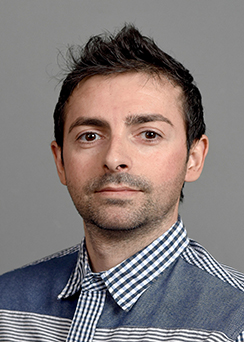 | Martin-Garcia, Jose ManuelDepartment of Crystallography & Structural Biology, Institute of Physical Chemistry Blas Cabrera (IQF-BC) (Madrid, Spain)Dr. José M. Martín García is an Associate Scientist in the Department of Crystallography and Structural Biology at IQF-CSIC. His research primarily centers on studying protein structures, interactions, and dynamics to facilitate structure-based drug discovery using time-resolved serial X-ray crystallography at XFELs and synchrotron radiation sources. Additionally, he is working on developing and improving methods for obtaining protein nanocrystals and creating novel, low sample consumption devices for supplying crystalline samples in serial crystallography experiments.
|
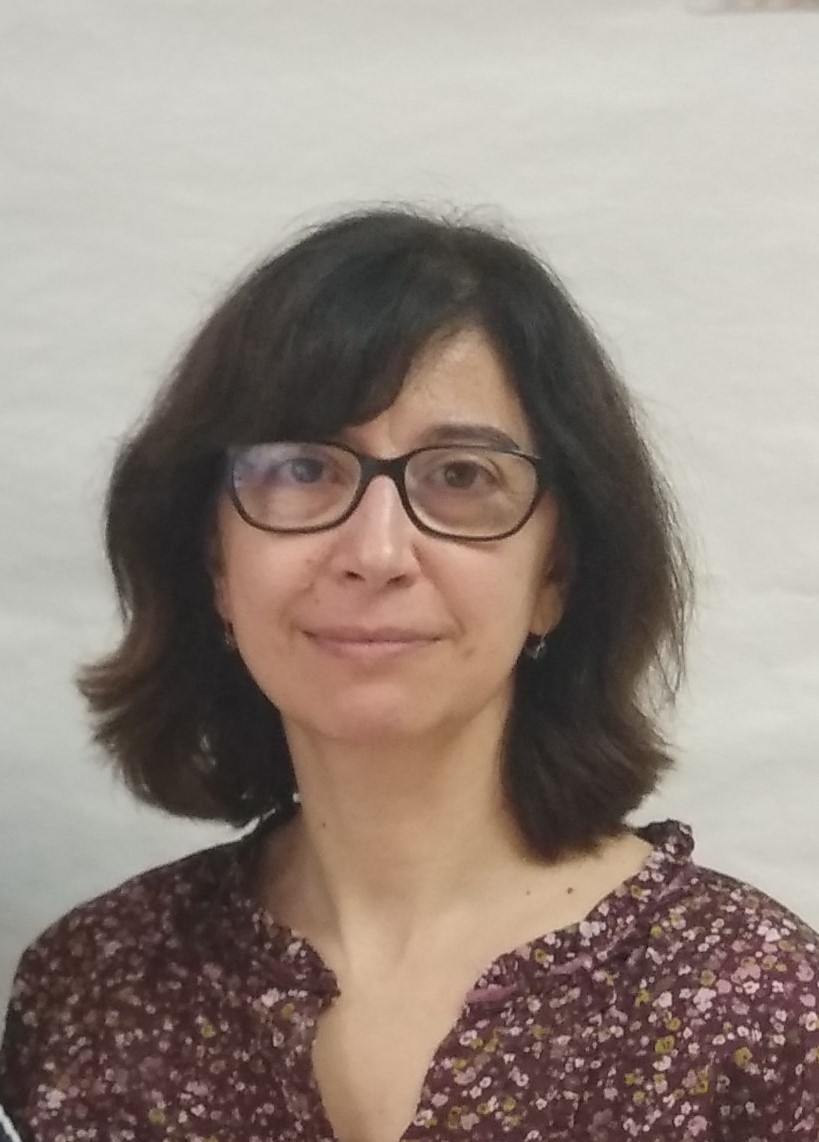 | Mascaraque, ArantzazuDepartment of Materials Physics, Faculty of Physical Sciences, UCM (Madrid, Spain)Arantzazu Mascaraque is a full professor at the Department of Materials Physics of the Universidad Complutense de Madrid, where she heads the Surface Science and Nanostructures Research Group. Her main scientific interest is the analysis of the physicochemical properties of nanomaterials, both with techniques sensitive to the reciprocal space and with techniques probing the real space. Since many of these experimental techniques require tunable monochromatic light, much of her research has been conducted at synchrotron radiation centers. Her research ranges from the study of the electronic structure of highly correlated solids and Mott physics using angle-resolved photoemission to the application of advanced microscopy techniques, such as photoemission microscopy (PEEM), even with spin resolution (SPLEEM), to the study of magnetic properties and spintronic materials.
|
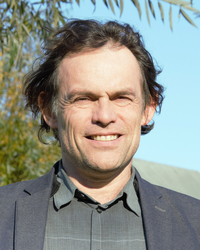 | Masquelier, ChristianLRCS, Universite de Picardie Jules Verne (Amiens, France)Christian Masquelier joined Universite de Picardie Jules Verne, Amiens, France, as a Full Professor of Chemistry. He has been working for >30 years on the crystal chemistry of sodium ion conductors and positive electrode materials for Li-ion and Na-ion batteries, in particular on operando X-ray or neutron diffraction of phosphate-based positive electrodes. He is the author of approximately 180 publications and 21 international patents on important materials in this field (LiFePO4, Na3V2(PO4)2F3, ...). He is a Senior Member of the Institut Universitaire de France, Co-Director of the ALISTORE European Research Institute and Deputy Director of the Laboratoire de Reactivite et de Chimie des Solides (LRCS) in Amiens, France. |
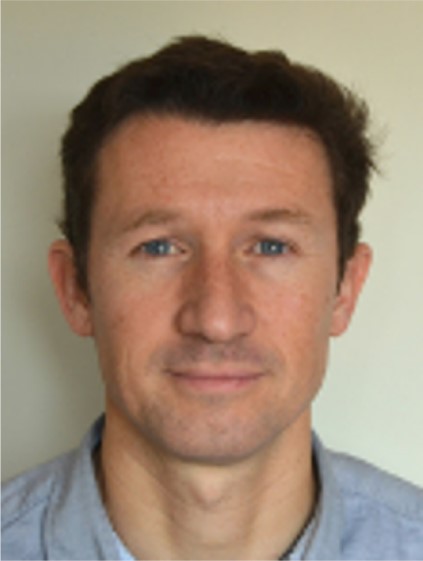 | Matilla, OscarHead of the Computing Division, ALBA Synchrotron (Barcelona, Spain)Oscar Matilla is the Computing Division Head at ALBA Synchrotron, a position he has held since May 2018. He leads a team of 65 staff responsible for the development, implementation, and maintenance of the facility's computing infrastructure, including control and data acquisition systems, beamline data management, and IT infrastructure among other subsystems. He has previous experience at ALBA as the Electronics Section Head, where he oversaw the development of various electronic systems for the accelerator and beamlines. Oscar holds a Master of Science in Physics, an Engineer's Degree in Electronics, and a Master in Project Management.
|
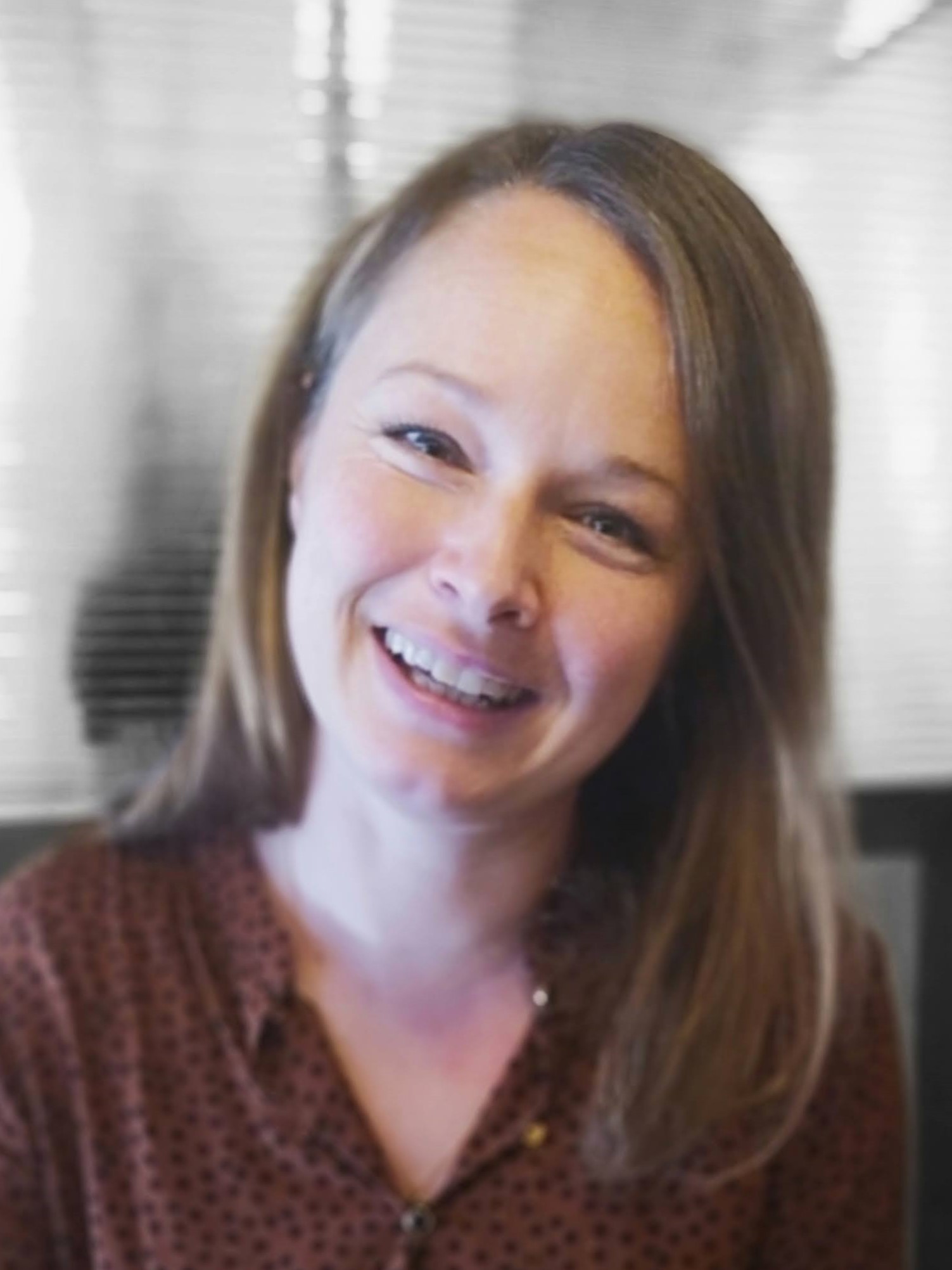 | Pach, ElzbietaDepartment of Superconducting Materials and Nanostructure at Large Scale, ICMAB-CSIC (Barcelona, Spain)Since 2022, Elzbieta Pach, is a Postdoctoral Fellow (Juan de la Cierva Incorporación) at SUMAN group at Instituto de Ciència de Materials de Barcelona. Her research is mostly focused on in-situ characterization of the ultrafast growth of superconducting thin films by a novel Transient Liquid Assisted Growth method (TLAG) by in-situ X-Ray Diffraction (XRD). She has obtained her PhD in Material Sciences in 2017 from Universidad Autónoma de Barcelona (UAB) in the scope of Marie Sklodowska Curie Initial Training Network “RADDEL”, investigating the targeted delivery of radioactivity by carbon nanocapsules with a special focus on the characterization of the material and the process by advanced Electron Microscopy techniques at Instituto Catalán de Nanociencia y Nanotecnología (ICN2, Barcelona, Spain). As a part of her pre-doctoral experience (2010-2012), she was involved in projects centered on in-situ near ambient pressure X-Ray Photoelectron Spectroscopy (XPS) and X-Ray Absorption Spectroscopy (XAS) of catalytic reactions on metallic nanoparticles at Advanced Light Source (ALS, Berkeley, USA), while working at the Lawrence Berkeley National Laboratory.
|
 | Perez, LucasUniversidad Complutense de Madrid and and IMDEA Nanociencia (Madrid, Spain)Lucas Perez is a Professor of Applied Physics at Universidad Complutense de Madrid and an Associated Research Scientist at IMDEA Nanociencia. His current research interests are focused on the field of nanomagnetism, specifically in the areas of magnetic devices for biomedical applications, the development of rare-earth free, permanent magnets, and spintronics. Within the domain of spintronics, his focus lies in delving deeper into the 3D magnetic configuration and magnetization dynamics of nanowires. This research aims to identify fundamental components for the future generation of 3D nanodevices, including magnetic data storage systems, magnetic logic, and neuromorphic computing.
|
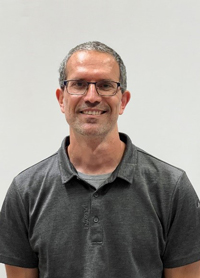 | Rubio, JuanHead of the BM25-SpLine beamline, Spanish CRG Beamline at the ESRF (Grenoble, France)Juan Rubio is Senior Scientist at the Institute of Material Science of Madrid at CSIC. He arrived at the BM25-SpLine beamline at the ESRF in 2000 to perform the PhD thesis on the development and implementation of a novel set-up devoted to the simultaneous combination of Hard X-ray PES and Grazing incidence XRD. He stayed at BM25 as a post-doc and later on as a junior scientist. Since 2018 he is the head of the beamline. He has been in charge of the beamline upgrade linked to the ESRF-EBS program. His research is focused on the growth and characterization of epitaxial thin films formed by complex oxides for spintronic and catalytic applications.
|
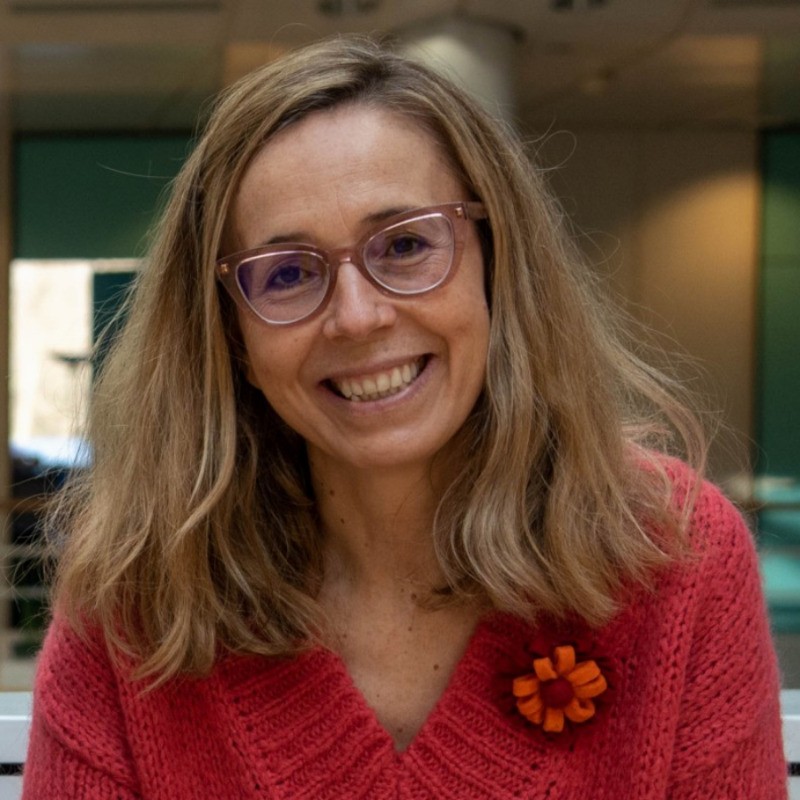 | Soler-Lopez, MontserratStructural Biology Group, ESRF (Grenoble, France)Montserrat Soler-López has a large experience in the field of Structural Biology. In 2008, she became director of the Experimental Bioinformatics Lab (EBL), a joint initiative of the Barcelona Institute of Research in Biomedicine (IRB Barcelona) and the Barcelona Supercomputing Center (BSC). There she led the effort to integrate experimental biology with computational predictions from diverse areas of systems biology, including nucleosome positioning analyses and 'omic' technologies to study protein interaction networks associated with complex diseases. In 2014, she joined the European Synchrotron Radiation Facility (ESRF) as manager of the Molecular Biology Laboratory and in July 2022 became the head of the Structural Biology Group. Her research interest focuses on mitochondrial bioenergetics through an integrative biology approach to elucidate the molecular etiology of Alzheimer’s disease.
|
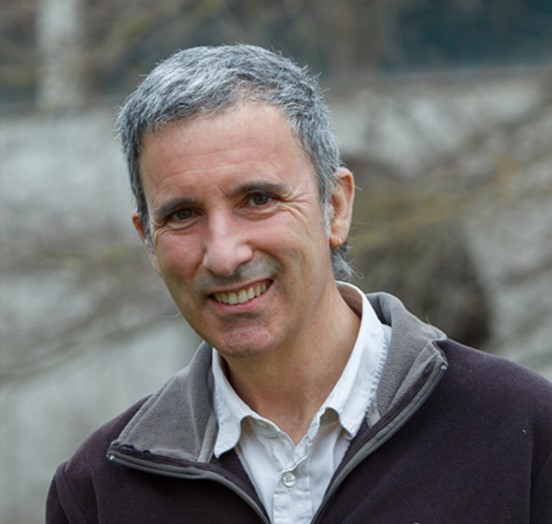 | Urbina, AntonioProfessor of Physics at the Universidad Publica de Navarra (Pamplona, Spain)Antonio Urbina graduated in Physics (1991) at Universidad Complutense de Madrid and finished his PhD thesis in Physics (1996) at Instituto de Ciencia de Materiales de Madrid ICMM-CSIC. He got a lectureship at Universidad Politécnica de Cartagena (UPCT, Spain) after postdoctoral research stays at the Department of Engineering of the University of Cambridge, UK, Department of Chemistry of the University of Wisconsin (Madison, USA) and Department of Physics, Imperial College London, UK. He is currently working as Professor of Physics at Universidad Pública de Navarra, Spain. He has worked on physics and chemistry of materials for organic electronics, with special focus on organic polymeric solar cells and most recently on batteries. He has been a regular user of neutron scattering facilities and X-ray synchrotron radiation facilities, he is currently secretary of the Spanish Association for Neutron Scattering (SETN).
|
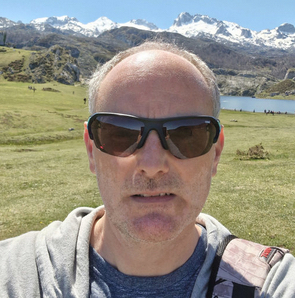 | Valvidares, ManuelHead of the Electronic and Magnetic Structure of Matter, ALBA Synchrotron (Barcelona, Spain)Manuel Valvidares (MV) is a specialist on advanced materials in the areas of magnetism and nanoscience, with a background in fabrication, engineering and characterisation of their structural, electronic and magnetic properties, notably by x-ray synchrotron techniques. His present interests are focused at 2D van-der-Waals and Quantum Materials, and at opportunities with coherent and resonant scattering. After a PhD at the Univ. Oviedo (2005) and postdoctoral fellowships by MEC ‘international scientific organisms’ (ESRF, 2005-2006), MEC/Fulbright (LBNL,2006-2008), and DOE-Materials Science Division (LBNL,2008-2009), MV joined the ALBA Synchrotron Light Source in 2009. He currently leads the group operating BOREAS beamline and coordinates the Electronic and Magnetic Structure of Matter section of the ALBA experiments division. |

